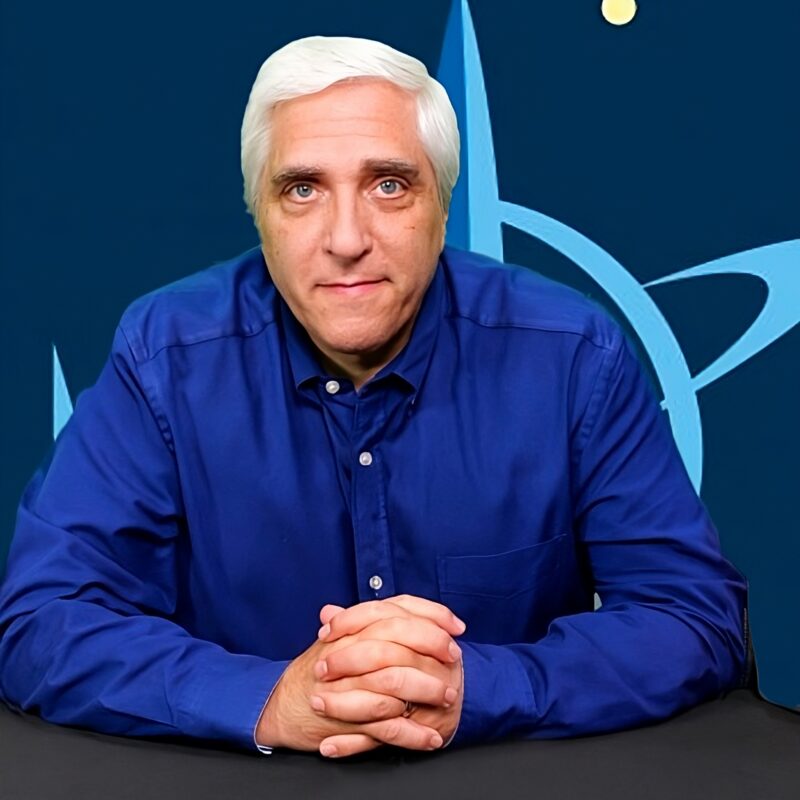Fashionable medication is dealing with many challenges. Because the science of drugs advances, it will get tougher and tougher. We have now, in a method, picked all of the low hanging fruit. Individuals are residing longer, and their medical circumstances are getting more difficult to grasp and to deal with. To be able to proceed making medical progress we want extra superior expertise.
This expertise – like stem cells, CRISPR and different types of genetic manipulation, monoclonal antibodies, immune remedy, multi-drug cocktails, and others – is dear and sophisticated. Within the US healthcare is 17.6% of GDP. Nations have a tough time paying for the healthcare we now have the expertise to ship and the general public needs, resulting in both rationing of care (by one mechanism or one other), gatekeepers like insurance coverage firms, or totally different qualities of care for various earnings ranges.
The growing complexity of recent medication results in growing specialization of practitioners, which then causes additional will increase in the price of care and challenges in coordinating care amongst many specialists.
Sorting via and optimizing the growing complexity of drugs requires rigorous science, and but the science of drugs is underneath assault by a populist anti-science motion, loosely grouped underneath the umbrella of “wellness” or “various medication”. As we now have ceaselessly documented at SBM over time, the CAM motion is in the end about weakening scientific requirements in medication to permit for con artists to promote their snake oil to an unprotected public.
So profitable has this extremely funded marketing campaign of misinformation, conspiracy theories, and doubt been, they now have a consultant on the highest ranges of federal regulation of healthcare who’s already systematically destroying our analysis and regulatory infrastructure and our institutional data.
There isn’t any one resolution to those myriad challenges. They require the establishments of drugs to obviously see these challenges for what they’re, to work collectively to resolve them, and to teach the general public relatively than cede public opinion to Tik Tok influencers.
However there’s a comparatively new instrument that may assist well being professionals make the follow of drugs more practical and environment friendly. In fact, any instrument can be utilized for good or in poor health, so it’s vital to make the most of this instrument early and form its growth in order that it serves the general public well being relatively than exploits it. I’m speaking about synthetic intelligence (AI). I do know there’s a number of hype regarding AI, however regardless of this it’s a legitimately highly effective instrument of knowledge, and medication is basically pushed by info.
The truth is, info is each the facility and bane of recent medication. Practitioners are armed with quite a lot of scientific info, however they’re additionally drowning in it. That is what results in hyperspecialization, but in addition to practitioners struggling to maintain up (and sometimes failing). Even when we now have extremely researched therapy and diagnostic algorithms for particular conditions, they’re usually not adopted as a result of practitioners will not be updated.
AI instruments programmed to operate as skilled assistants can bridge the hole, giving practitioners the knowledge they want on the level of affected person care. This has been a objective of evidence-based medication for 40 years, however the issue has solely gotten worse. Truly the web and Google searches have improved the flexibility of practitioners to search out related info rapidly sufficient to make use of on the level of care, and is now widespread follow. AI may help make this course of higher and extra thorough.
AI paired with an digital medical report, if leveraged strategically, can discover issues or conflicts in a affected person’s care, reduce error, alert a practitioner to deficiencies, and suggest optimum diagnostic and therapy pathways.
AI can also be helpful for seeing patterns that people can’t. Listed here are some latest examples. The CONCERN early warning system (EWS) is an AI software that evaluations affected person information within the hospital/ICU setting on the lookout for patterns that counsel a affected person is about to deteriorate. A latest examine utilizing CONCERN discovered that it recognized issues two days sooner than ordinary care and resulted in a 35.6% lower in mortality. The researchers wish to increase its use to different settings, like emergency departments.
A latest assessment discovered that AI radiology diagnostic aids enhance the accuracy and effectivity of radiological diagnoses. There may be nonetheless a number of room for enchancment, and we’re on the steep a part of the curve. AI instruments want enchancment, but in addition docs must be educated on how you can optimally use them, and methods must evolve to include AI instruments in the simplest method.
There are additionally particular instruments, like one developed to diagnose and time strokes based mostly on mind scan, particularly to find out if the affected person is elligible for a clot-busting therapy. In analysis AI fashions can be utilized to foretell issues such because the emergence of antibiotic resistance.
Simply because there’s a number of hype within the AI trade, I might not dismiss these developments as hype. As I’ve tried to stipulate, medication is probably ideally located to profit from AI purposes. However this won’t occur mechanically. What is required is a big funding within the growth of particular AI purposes and their incorporation into affected person care and medical methods.

